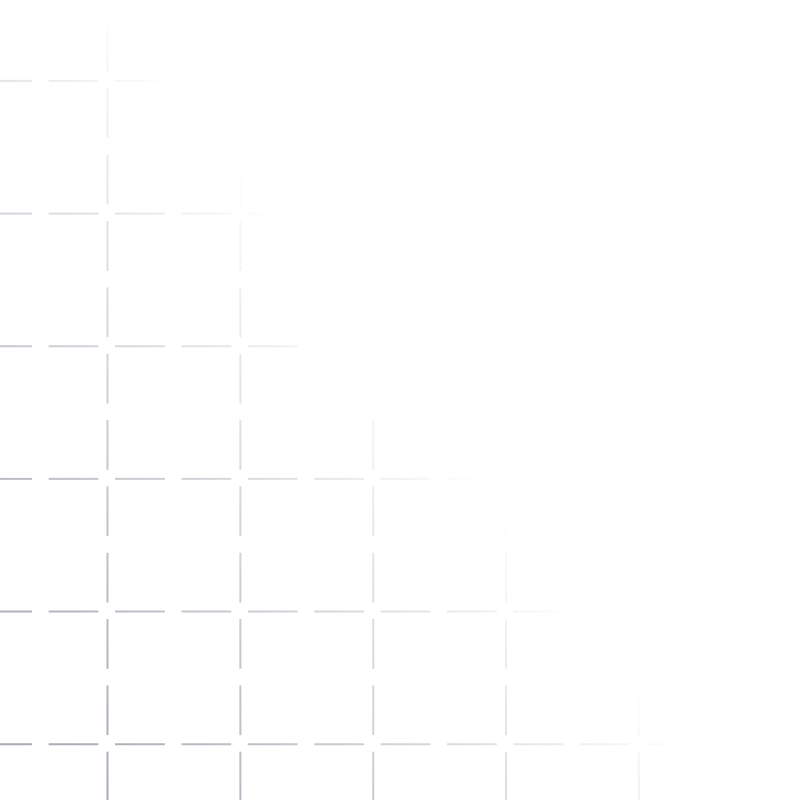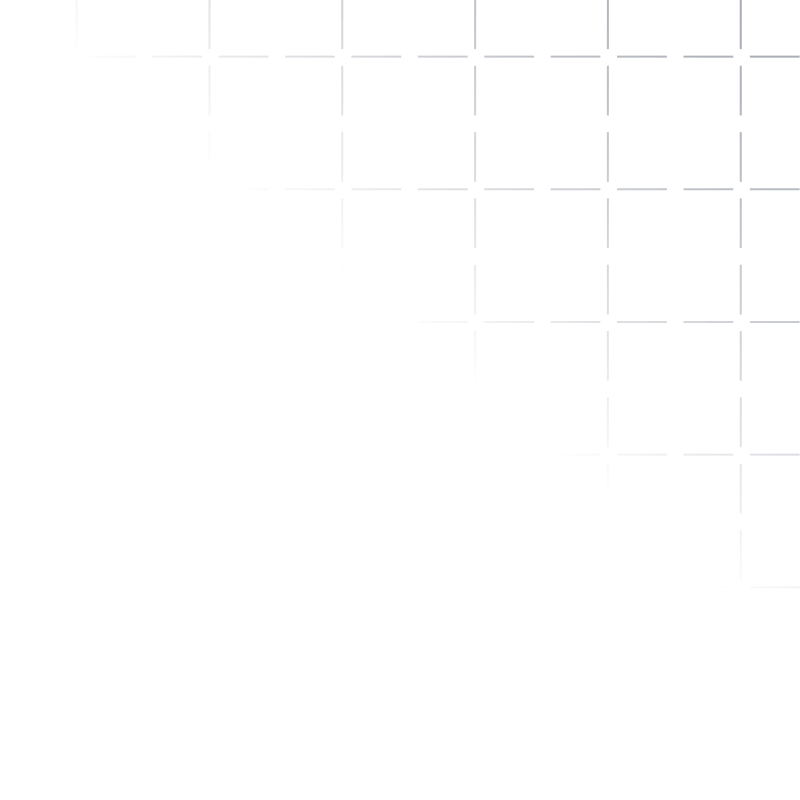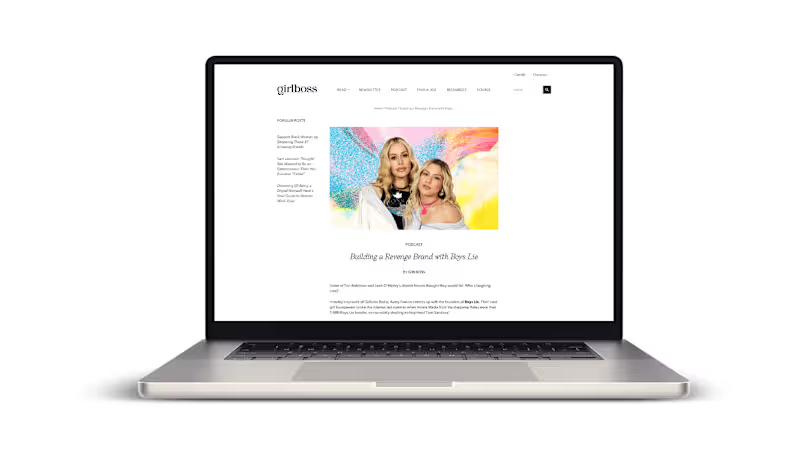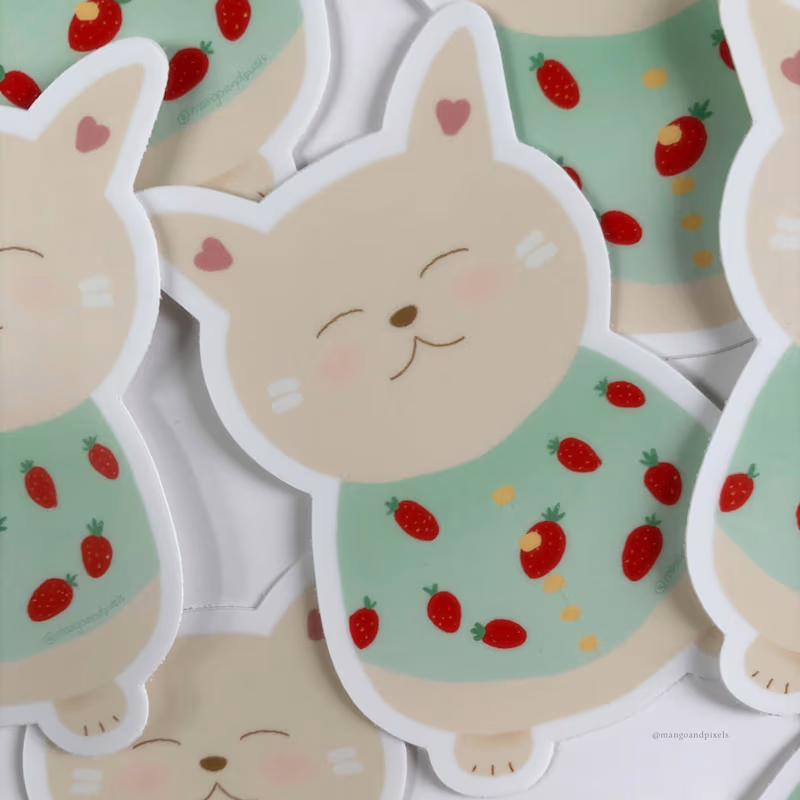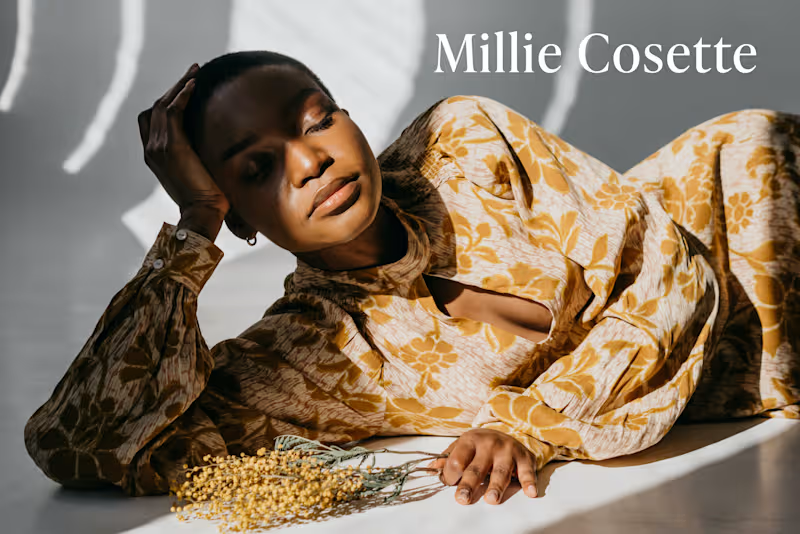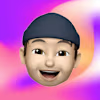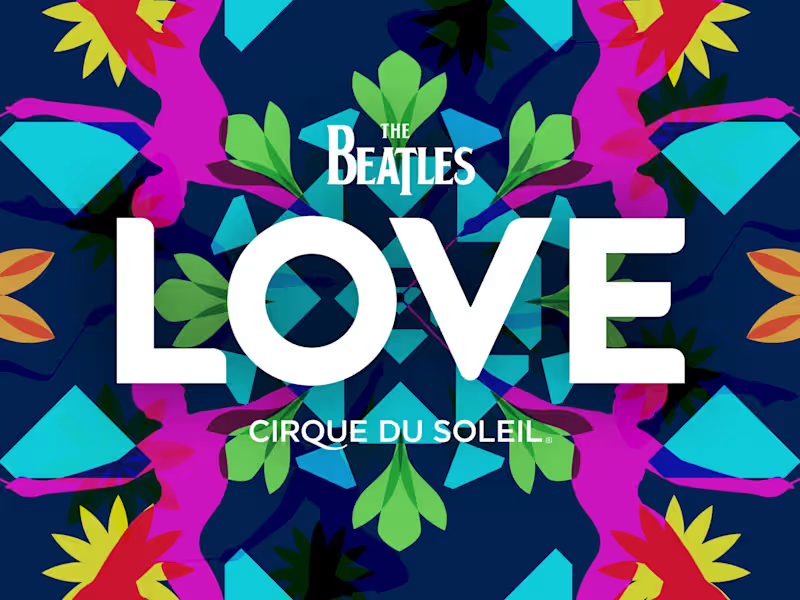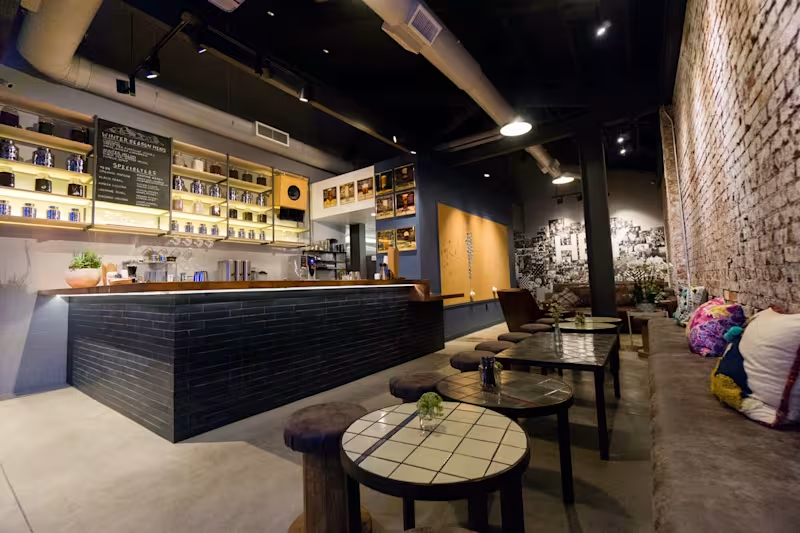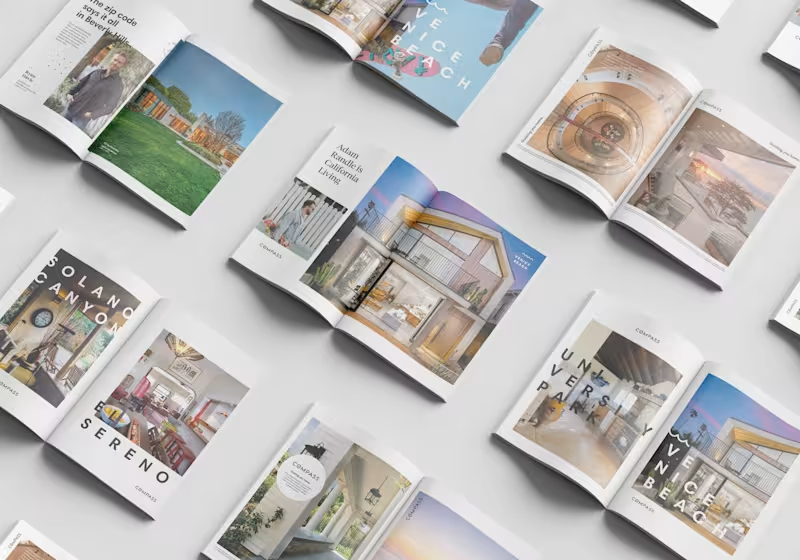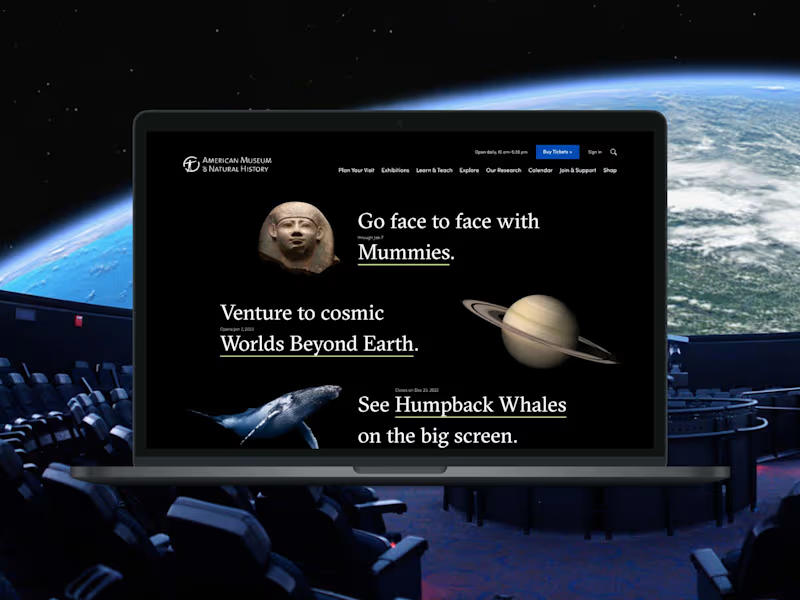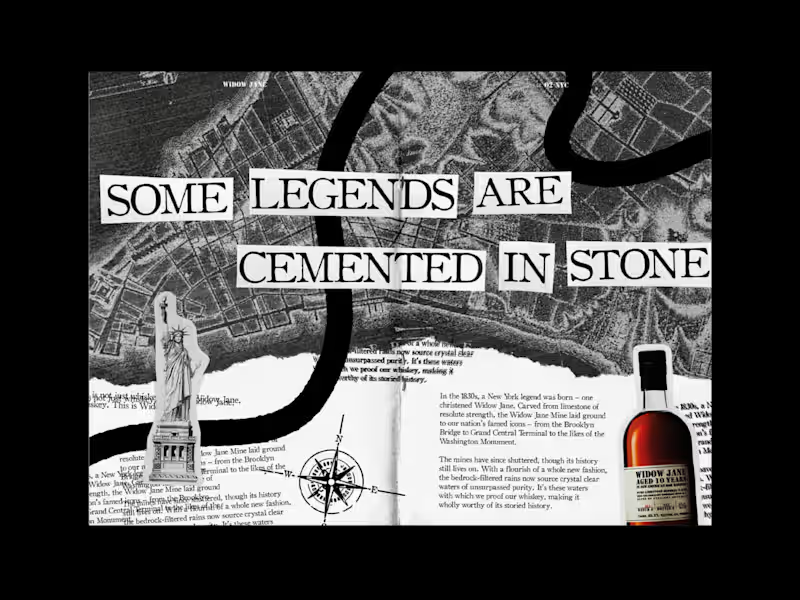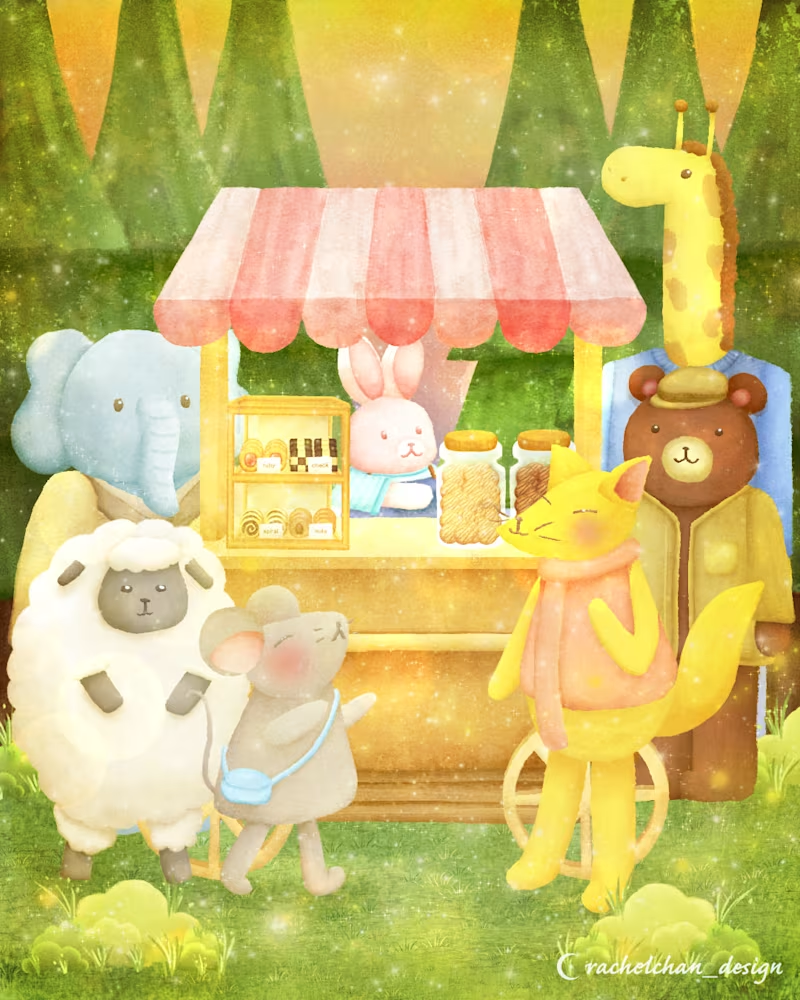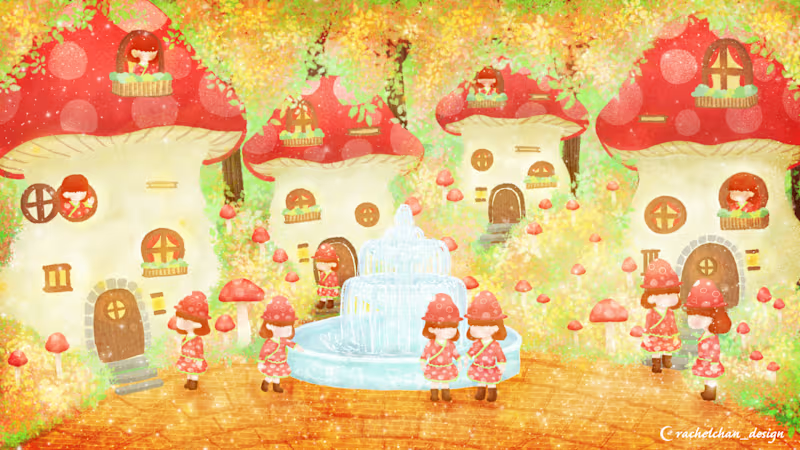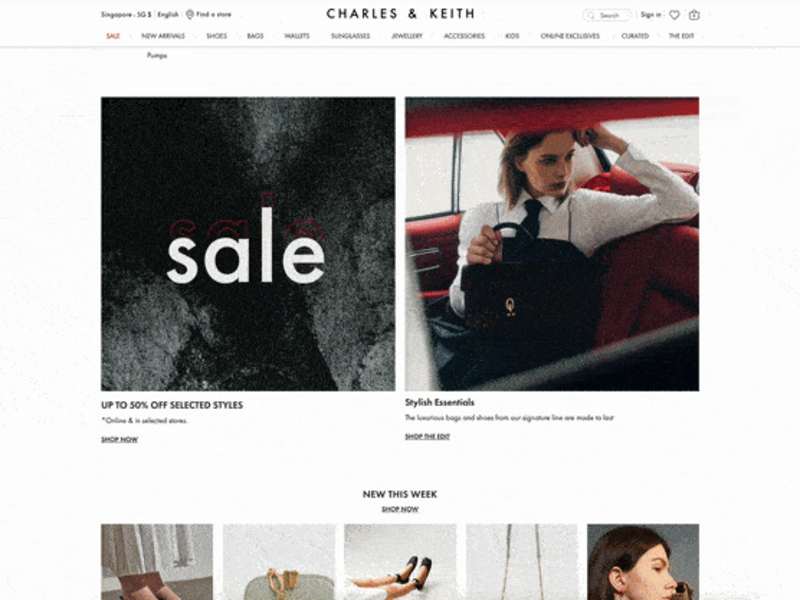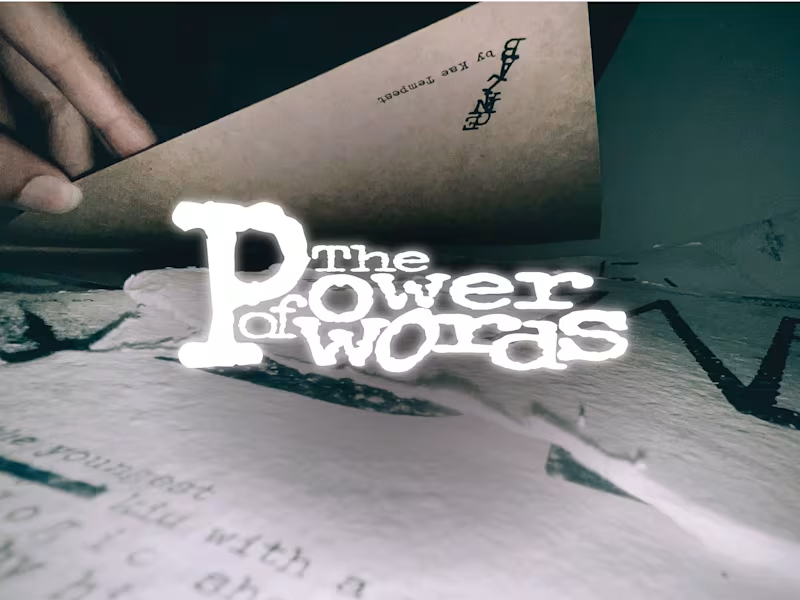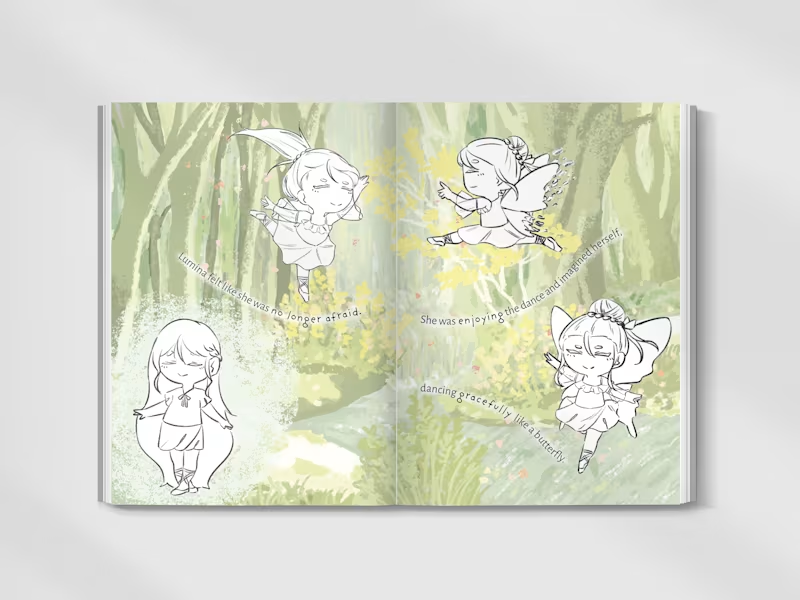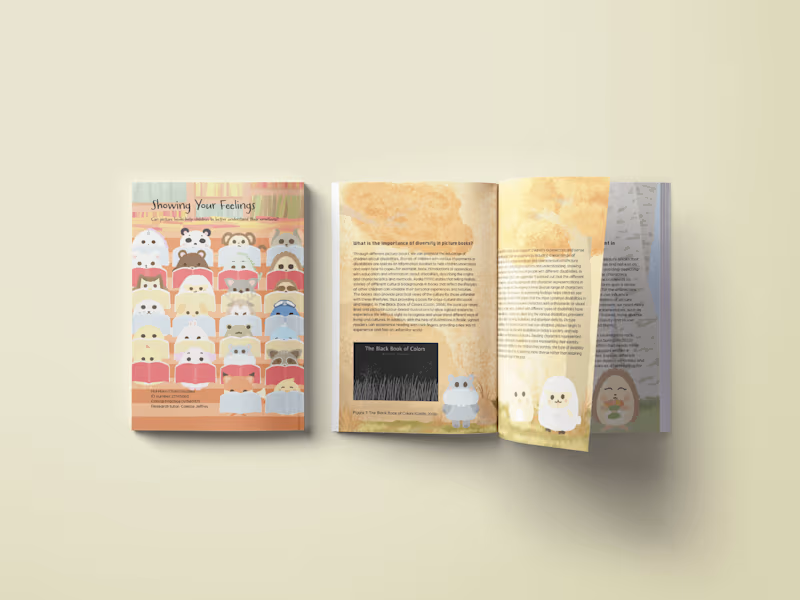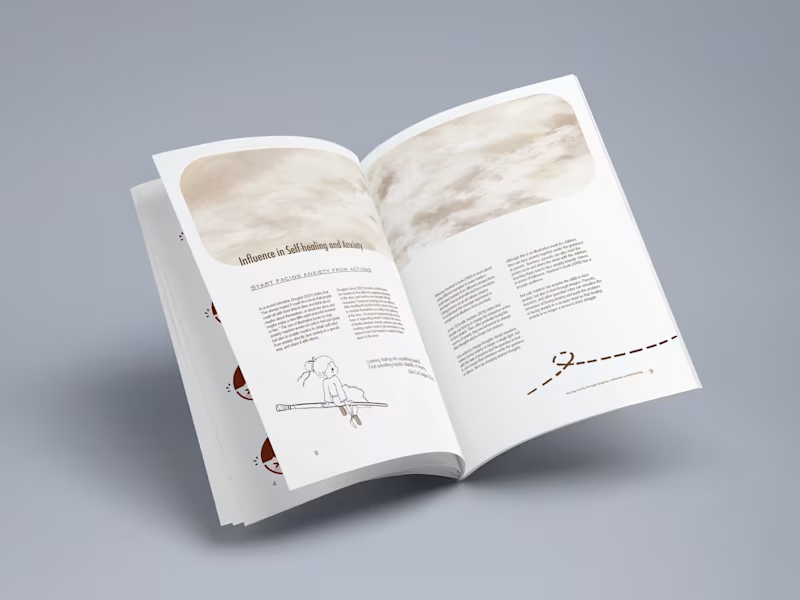What should I define before starting my search for an editorial designer?
Before you seek out a freelance designer, make sure you have a clear understanding of your project's goals. List the specifics, like what kind of publication it is, the style you prefer, and any specific design elements you want included. Knowing your timeline and budget is also important, so decide these in advance.
How do I assess a freelance designer’s portfolio effectively?
When you look through a designer's portfolio, focus on the styles they’ve used and the types of projects they've done. Compare their previous work to your project needs. Check if they have experience with similar publications or styles that match your vision.
What information should I share with the designer to ensure a smooth collaboration?
Start by sharing your project details, including the objectives and any design inspirations you may have. Let them know your timeline and any important deadlines. It's also helpful to provide examples of what you like to make sure you’re on the same page.
How can I ensure the designer understands my brand’s style and mission?
Introduce them to your brand by sharing your style guide if you have one. Talk about your brand's mission and values so they can reflect them in their design. Consider having a call to discuss your vision and answer any questions about your brand.
What project milestones should I set with a freelance designer?
Set clear milestones such as drafts, revisions, and final delivery dates. Make sure each milestone has a deadline and a description of what you expect. This way, both you and the designer can track progress and stay on schedule easily.
What are the best ways to communicate with a freelance designer once the project starts?
Decide on a communication method that works for both of you, like email, calls, or platform messaging. Establish a regular check-in schedule to discuss progress and any challenges. Clear communication helps keep the project on track and avoid misunderstandings.
What should I look for in a sample work agreement with a freelance designer?
Ensure the agreement includes project scope, deadlines, deliverables, and payment terms. Check for a section on how revisions and feedback will be handled. This document should outline everything you both agree to, so there are no surprises later.
How do I handle feedback and revisions with a freelance editorial designer?
Be clear and specific when giving feedback on design drafts. Provide constructive comments and highlight what you like and what you’d like improved. Consider setting an agreed number of revisions in the contract to make sure expectations are clear.
Why is it important to have a structured onboarding process for a freelance designer?
A structured onboarding process ensures that the designer understands your project’s needs and your working style from the start. It helps them integrate quickly and start producing work that meets your expectations. This process can include an initial meeting, sharing of resources, and setting up communication channels.
How do I ensure my project gets completed on time when working with a freelance designer?
Set clear deadlines and communicate them from the start. Keep track of the time and progress with regular check-ins. Be responsive and provide timely feedback to prevent unnecessary delays.
Who is Contra for?
Contra is designed for both freelancers (referred to as "independents") and clients. Freelancers can showcase their work, connect with clients, and manage projects commission-free. Clients can discover and hire top freelance talent for their projects.
What is the vision of Contra?
Contra aims to revolutionize the world of work by providing an all-in-one platform that empowers freelancers and clients to connect and collaborate seamlessly, eliminating traditional barriers and commission fees.
- 5.0
- Rating
- 9
- Followers
